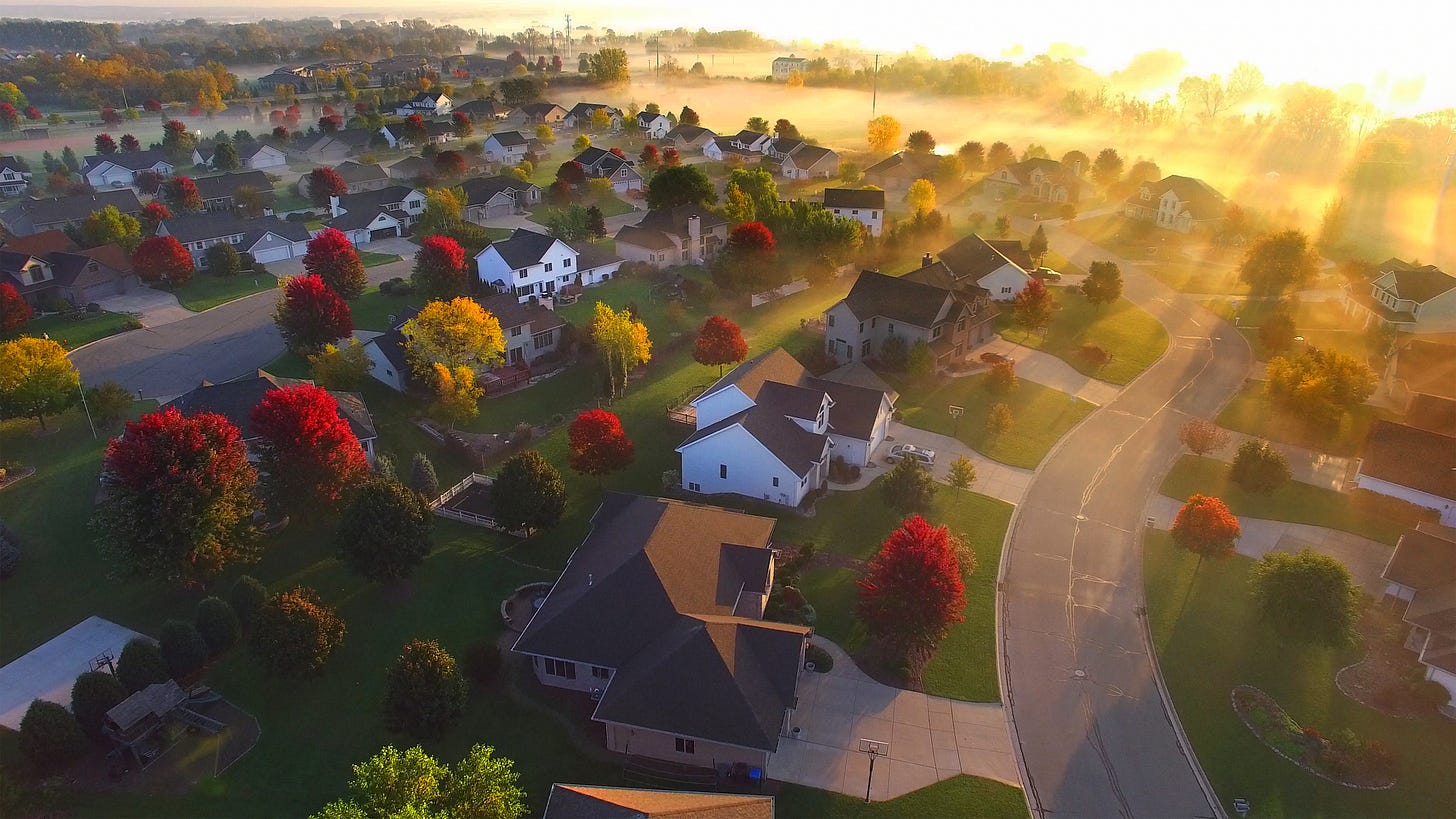In the free post, we explored how your immediate social world feeds or depletes your energy. But to truly understand how community breakdown triggers burnout, we need to go deeper — into the architecture of your social world and psyche.
The Layers of Community: Inner Circles Matter
Every one of us has an inner circle — those closest to us emotionally. When this circle is strong, it acts as an emotional buffer, stabilizing your sense of safety, identity, and confidence. When it weakens, your brain experiences relational uncertainty, triggering the limbic system to stay hypervigilant. This constant scanning for safety drains cognitive resources, leaving you more fatigued and burned out.
But outer circles matter too — your extended network, acquaintances, even people you barely know — the store owner, the person who collects your trash, the familiar faces you nod to each week. They serve as anchoring symbols of belonging.
Identity Through the Lacanian Lens
Jacques Lacan suggested that much of our identity is formed symbolically — through our interaction with others. Our sense of self is built not in isolation but through these "reflections" from the world. When you lose parts of your community — whether close friends or simple daily encounters — you lose key mirrors that stabilize your identity.
As the symbolic order fractures, the brain struggles to maintain coherence. The result? Emotional depletion, identity destabilization, and eventually: burnout.
Why Maintenance Matters: The Onion Model
Community isn’t static — it needs ongoing tending. Think of it like an onion with multiple layers. Inner layers require vulnerability and depth; outer layers offer casual connection and broad belonging. If you neglect either, your nervous system subtly registers a lack of support. Over time, this silent strain accumulates.
5 Deeper Psychological Dynamics at Play
Keep reading with a 7-day free trial
Subscribe to Recipes for Success by Dr. Srini Pillay to keep reading this post and get 7 days of free access to the full post archives.



